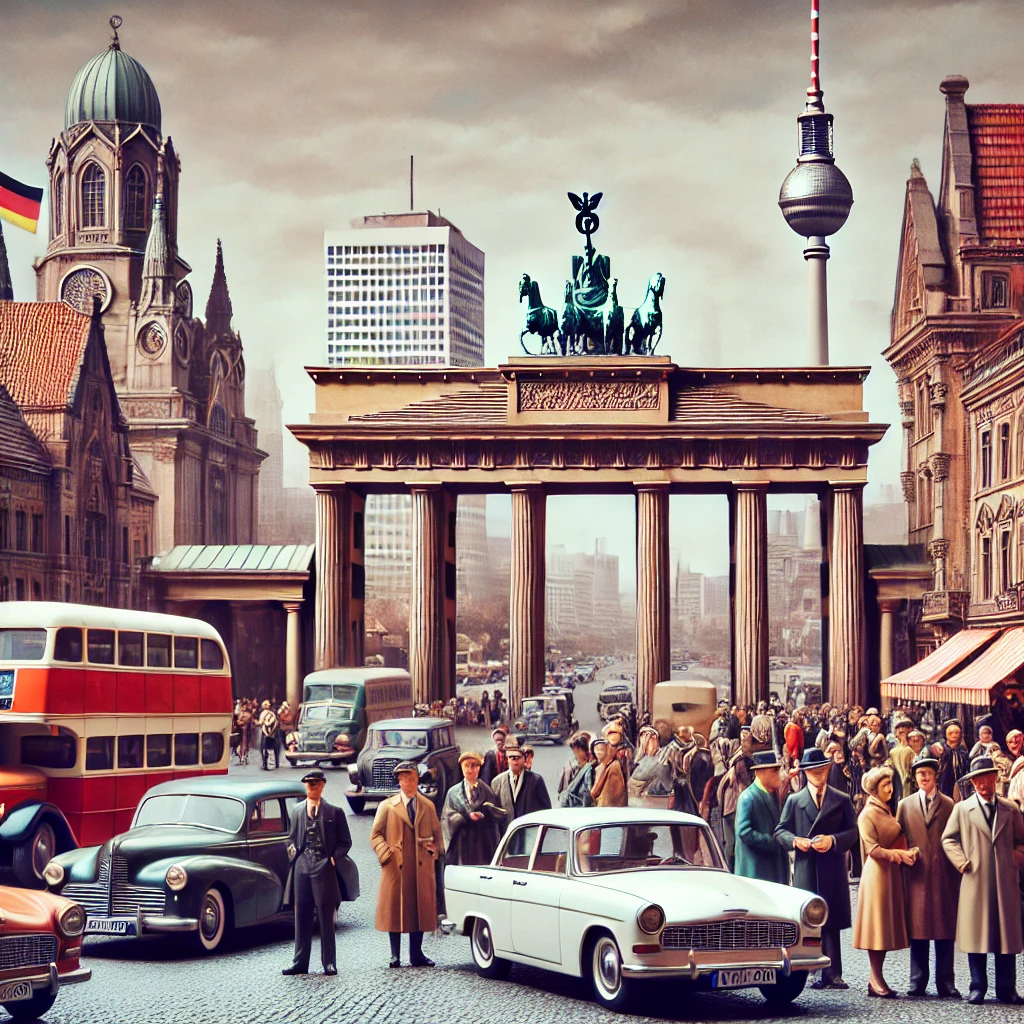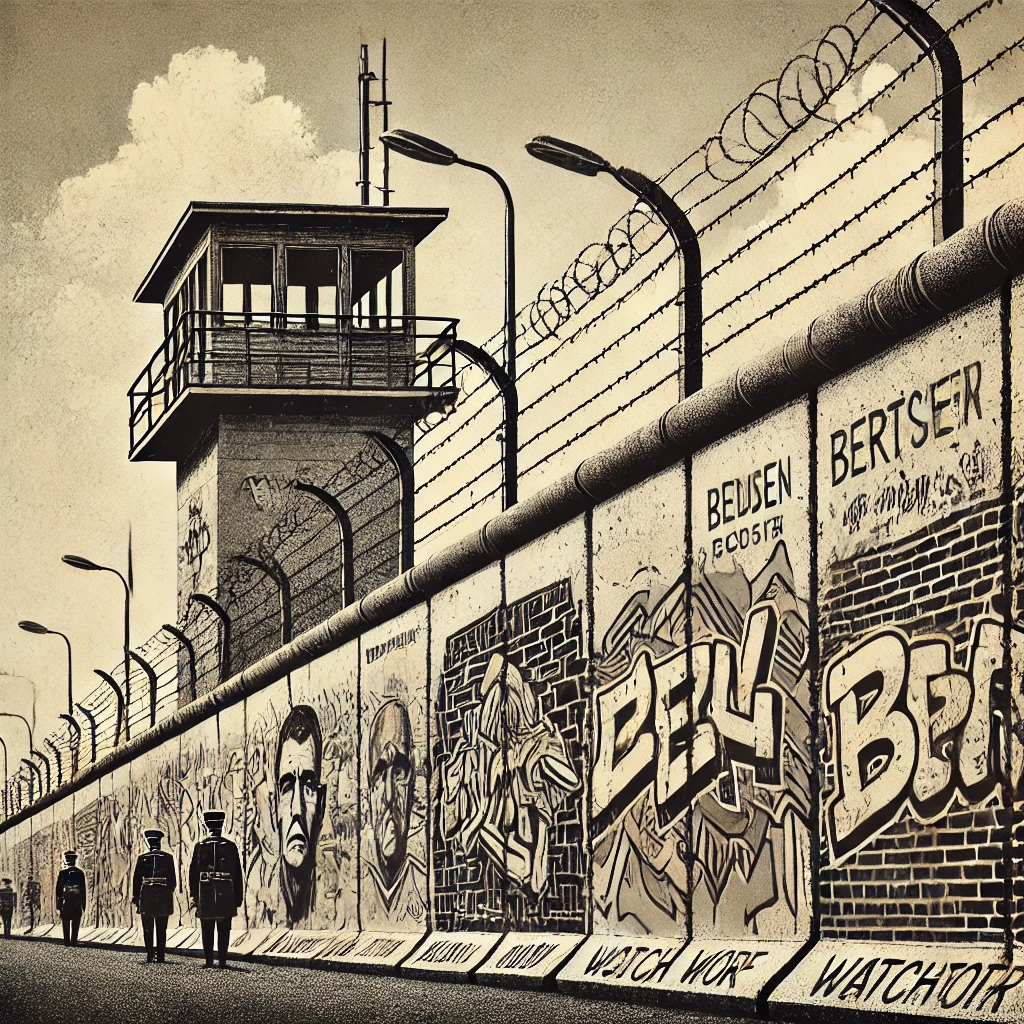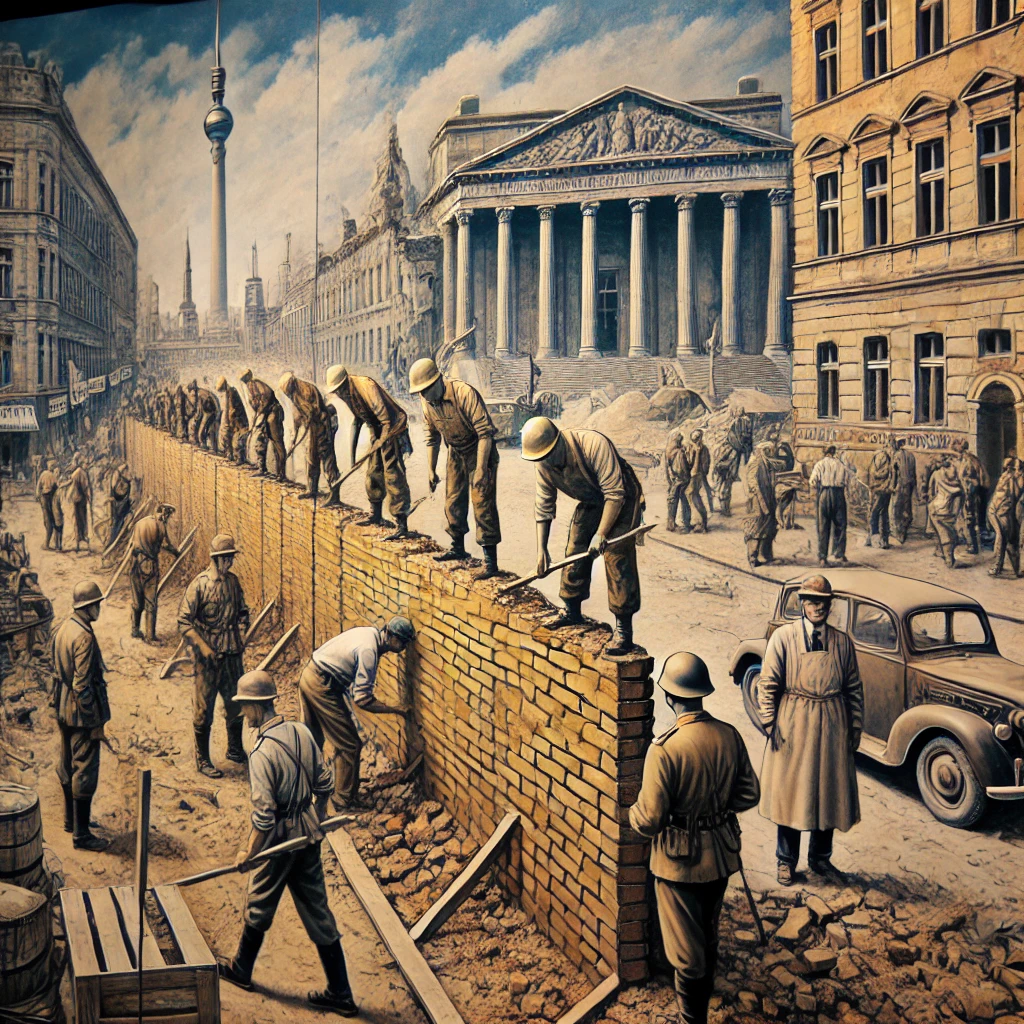On August 13, 1961, the Berlin Wall was erected, marking a significant and symbolic division of the city of Berlin and, by extension, Europe itself. The Wall, constructed by the German Democratic Republic (East Germany), physically and ideologically separated East Berlin from West Berlin, as well as East Germany from West Germany. This dramatic move was a response to the massive emigration of East Germans to the West, which threatened the stability of the East German regime and the broader Soviet sphere of influence.
The construction of the Berlin Wall began in the early hours of August 13, with barbed wire initially used to demarcate the boundary. The Wall quickly evolved into a more fortified barrier, complete with concrete blocks, guard towers, and a no-man’s land known as the “death strip.” This physical separation was a stark manifestation of the Cold War tensions between the communist East and the capitalist West.

The Impact on Berlin and Its Residents
The Berlin Wall had a profound impact on the lives of Berliners and the broader geopolitical landscape. For the people of Berlin, the Wall symbolized the painful division of families and friends, as it effectively cut off East Berlin from West Berlin. Many East Germans who had previously traveled freely to the West found themselves trapped, leading to a significant personal and social upheaval. Attempts to escape from East to West Berlin were met with severe consequences, including arrests and, in some cases, deadly confrontations.
The Wall also became a powerful symbol of the ideological conflict between the Soviet Union and the Western powers. It represented the physical embodiment of the divide between communism and democracy, and its construction was a clear indication of the heightened tensions of the Cold War. The Berlin Wall became an international focal point, drawing global attention and condemnation, and influencing Cold War politics for decades.

The Fall and Legacy of the Berlin Wall
The Berlin Wall stood for nearly 28 years before it fell on November 9, 1989, marking a pivotal moment in the end of the Cold War and the beginning of German reunification. The fall of the Wall was precipitated by mounting pressure from East Germans demanding greater freedom and reform, along with the weakening of Soviet control over Eastern Europe.
The Wall’s dismantling was celebrated as a victory for democracy and freedom, symbolizing the triumph over the division imposed by totalitarian regimes. Today, the Berlin Wall remains a powerful symbol of the struggle for freedom and the resilience of the human spirit. Sections of the Wall have been preserved as historical monuments and tourist attractions, serving as a reminder of the city’s turbulent past and its journey toward unity and reconciliation.

The construction of the Berlin Wall on August 13, 1961, marked a defining moment in the history of Berlin and the Cold War. Its impact on the city, its residents, and international relations was profound, representing a physical and ideological divide that persisted for nearly three decades. The eventual fall of the Berlin Wall remains a powerful testament to the enduring desire for freedom and unity, shaping the course of history and leaving a lasting legacy in the heart of Europe.
